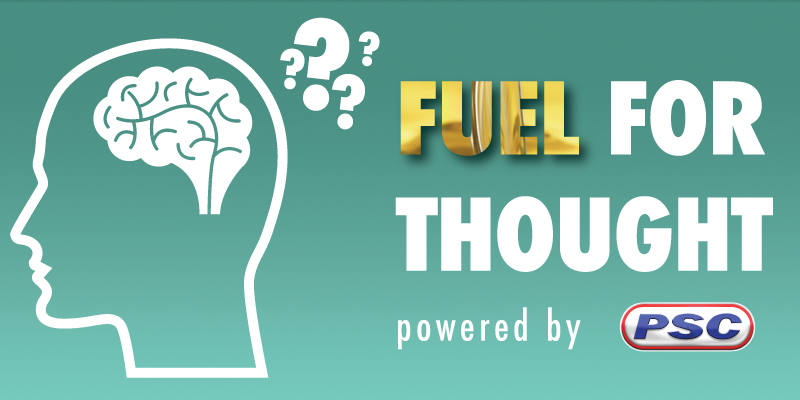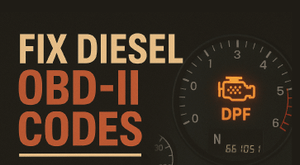How to Fix Diesel OBD-II Codes (and Keep Them from Coming Back)
By on Oct 10 2025
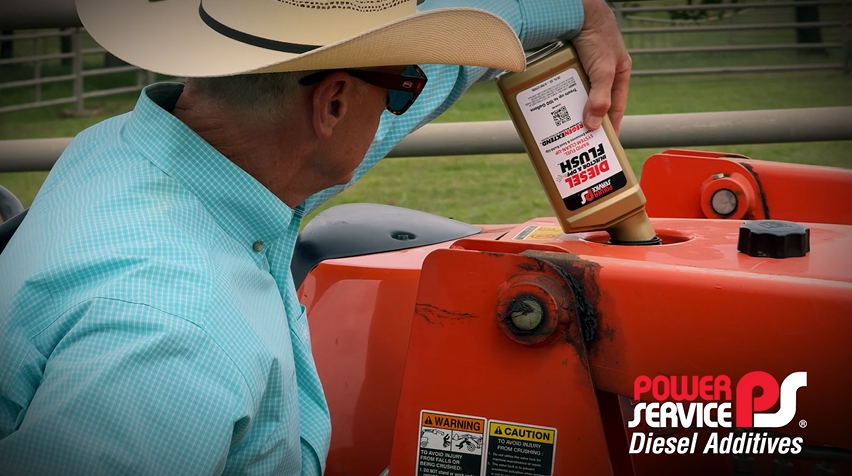
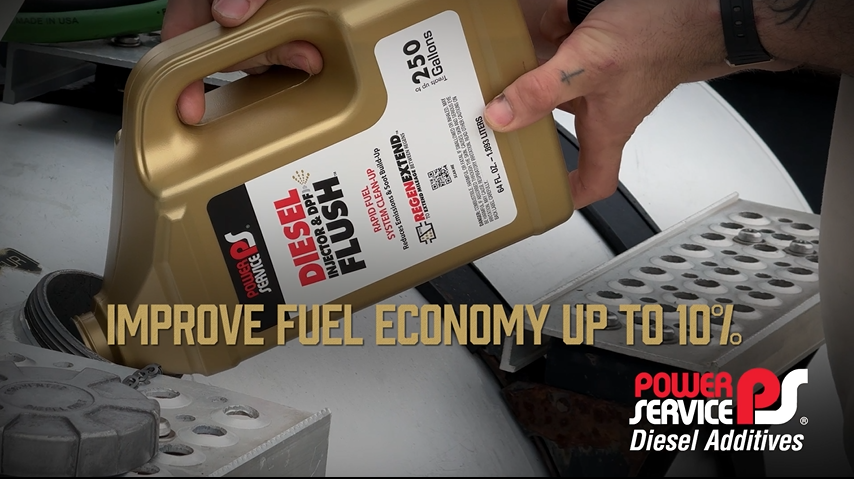
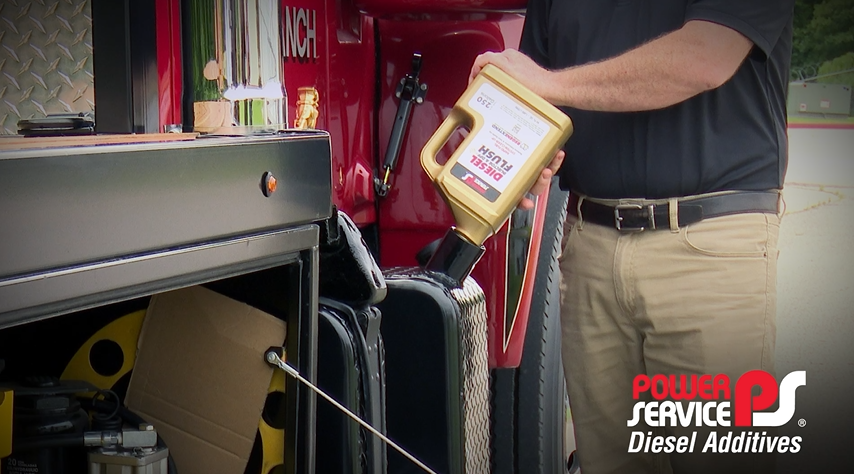
Modern diesel engines are powerful, efficient, and emissions-compliant; but they’re also complex. High-pressure fuel systems, EGR valves, DPFs, and SCR/DEF systems all must work perfectly together. When they don’t, the result is usually the same: a check engine light and an OBD-II trouble code (DTC).
The frustrating part? Many drivers fix the immediate problem. They replace a sensor or clear the code, only to see the light come back weeks later. That’s because most of these codes trace back to the same issue: dirty injectors and excess soot.
Common Diesel OBD-II Codes and What They Mean
Diesel codes typically fall into four categories: Fuel System, EGR, DPF, and SCR/DEF. Here’s what the most common ones mean and why they appear.
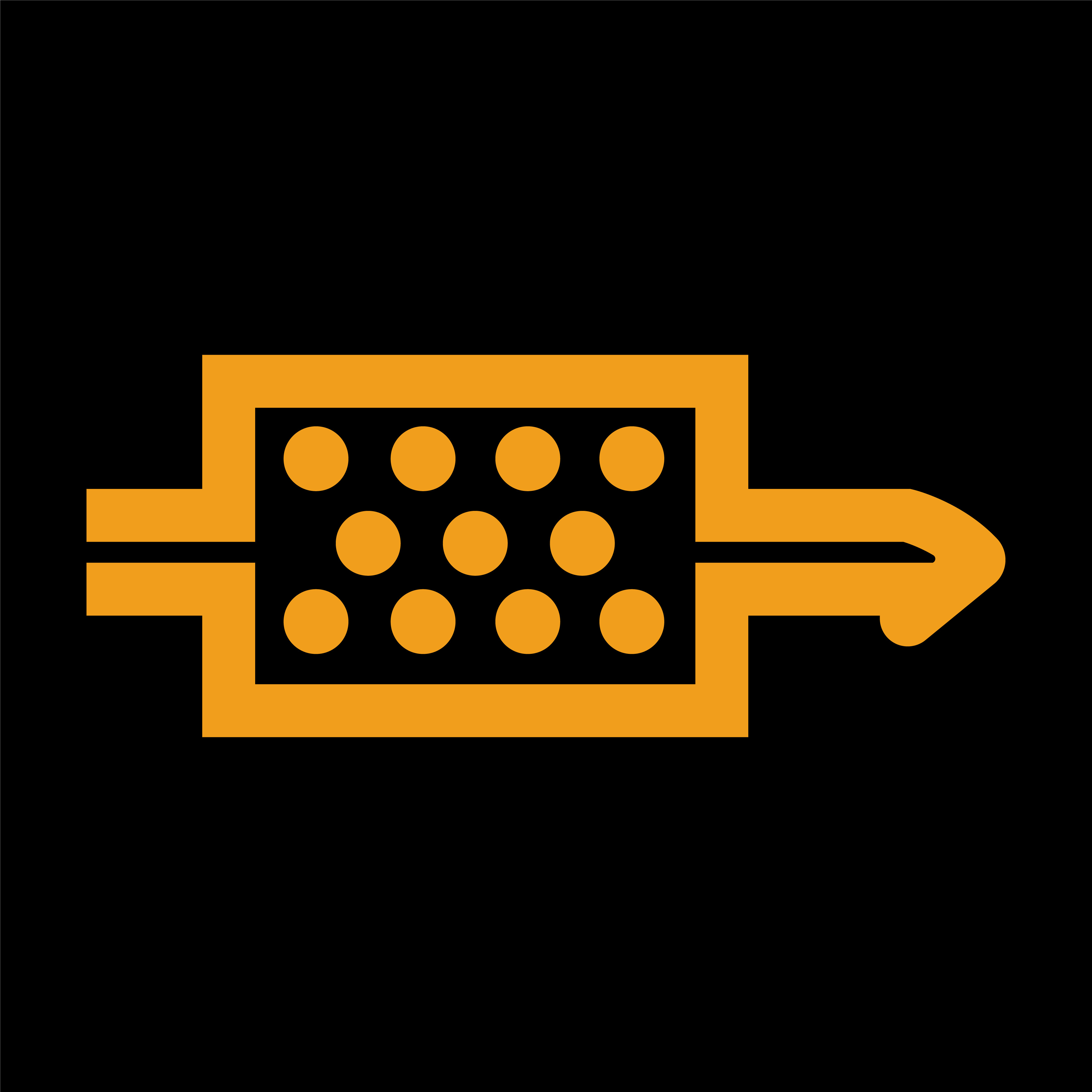
Fuel System Trouble Codes (P0087, P0088, P0191)
- P0087 – Fuel Rail Pressure Too Low
- P0088 – Fuel Rail Pressure Too High
- P0191 – Fuel Rail Pressure Sensor Range/Performance
These indicate restricted fuel flow or irregular pressure. The cause is often internal diesel injector deposits (IDIDs), which clog nozzles and disrupt injector performance.
EGR System Trouble Codes (P0401, P0402, P0405, P0406)
- P0401 – EGR Flow Insufficient
- P0402 – EGR Flow Excessive
- P0405/P0406 – EGR Sensor Faults
EGR valves are extremely sensitive to carbon buildup. Soot deposits make the valve stick open or closed, disrupting airflow and triggering these codes.
DPF Trouble Codes (P2002, P2463, P2459)
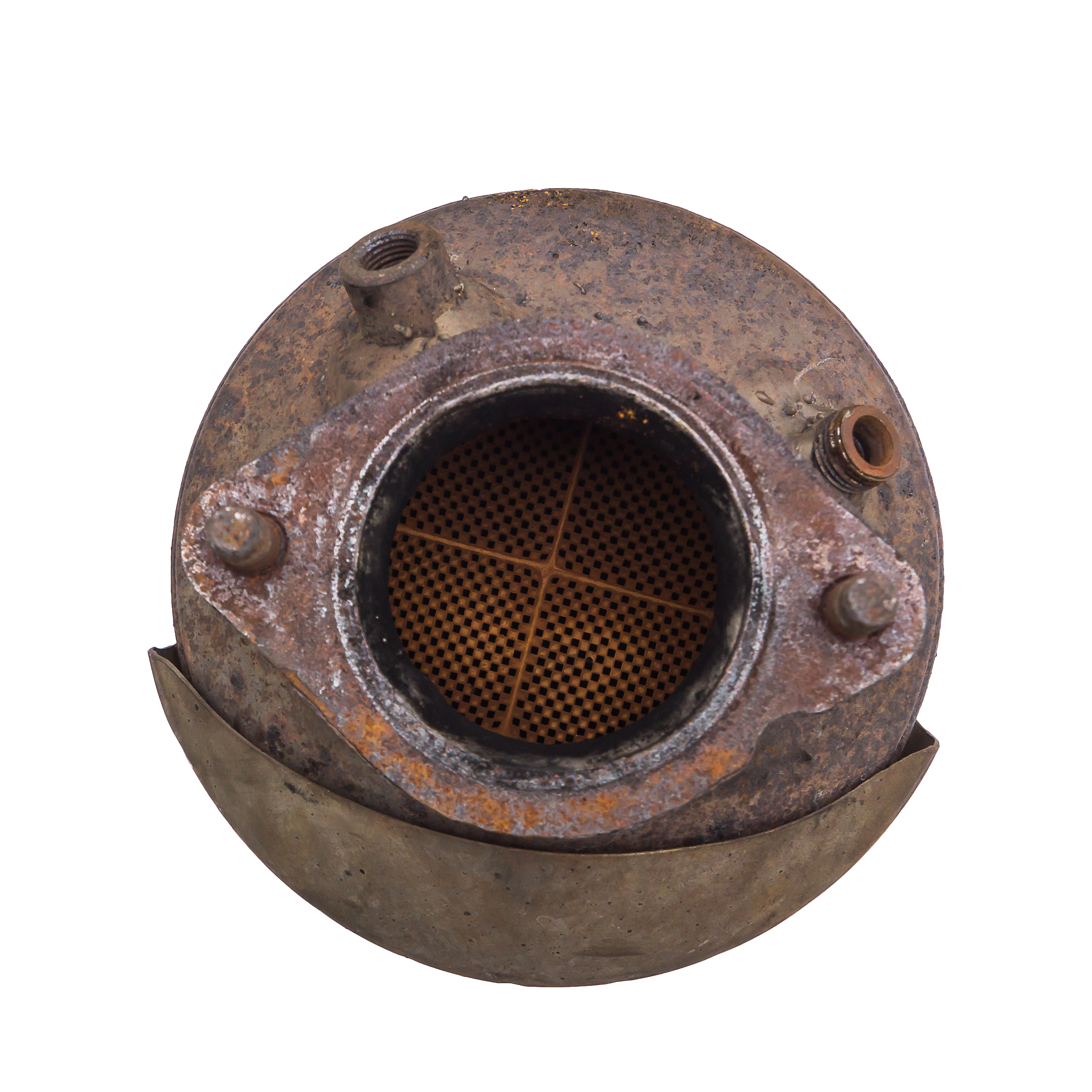
- P2002 – DPF Efficiency Below Threshold
- P2463 – Excessive Soot Accumulation
- P2459 – Regeneration Frequency Too High
This means the diesel particulate filter (DPF) is overloaded. Dirty injectors create extra soot, clogging the filter faster than regeneration can handle — eventually forcing codes and limp mode.
SCR/DEF Trouble Codes (P20EE, P207F, P20E8)
- P20EE – SCR NOx Catalyst Efficiency
- P207F – DEF Quality Performance
- P20E8 – Reductant Pressure Too Low
These show up when excess soot or injector imbalance compromises the SCR/DEF system. Once the NOx catalyst is overloaded, efficiency drops and codes follow.
Why These Codes Keep Coming Back
The key is realizing these aren’t isolated problems. They’re linked:
- Injector deposits → poor spray atomization
- Poor combustion → extra soot output
- Excess soot → clogged DPFs, fouled sensors, stuck EGR valves
- System overload → OBD-II codes, forced regens, limp mode
Replacing sensors or filters resets the symptom, but unless injectors and soot are addressed, the codes return.
The Real Fix: Clean Injectors & DPF in One Step
A Diesel Injector & DPF Flush gets to the root cause:
- Removes stubborn injector deposits (including IDIDs)
- Restores consistent rail pressure and balanced injector flow
- Reduces soot formation at the source
- Flushes the DPF and lowers regen frequency by up to 50%
- Cuts emissions (NOx and black smoke) by up to 50%
It’s a DIY one-tank solution: pour it into the fuel tank, drive as normal. No tools, no downtime, no disassembly.
Fix It Now, Prevent It Later
Using a Diesel Injector & DPF Flush means:
- Fuel rail codes (P0087, P0088, P0191) are less likely to trigger.
- EGR Codes (P0401, P0402) are reduced since valves stay cleaner.
- DPF codes (P2002, P2463, P2459) are prevented because soot loads stay manageable.
- SCR/DEF codes (P20EE, P207F, P20E8) are avoided because the catalyst isn't overwhelmed.
Final Takeaway
If you’re staring at a code like P2002 or P0087 and wondering how to fix it, clearing the light or replacing a sensor only buys time. The real fix is treating the injector and soot problem at the source.
A single Diesel Injector & DPF Flush not only fixes the cause behind today’s code, it helps prevent it from coming back tomorrow.
Shop Power Service Diesel Injector & DPF Flush and protect your equipment today.


